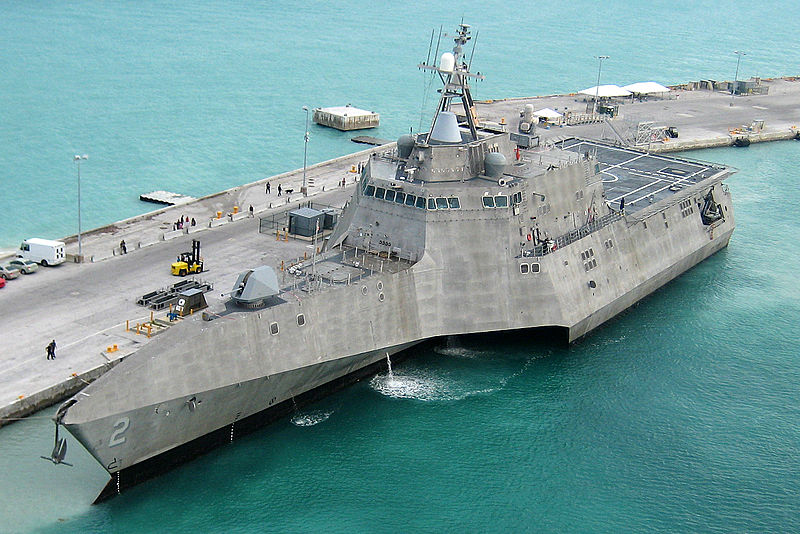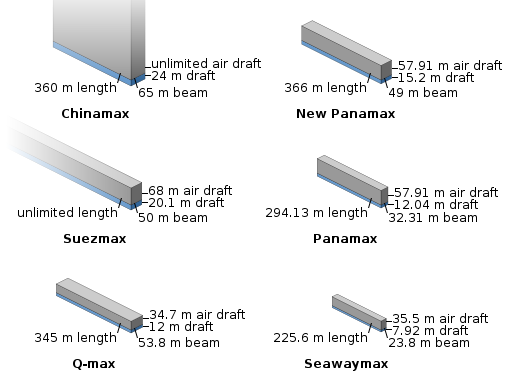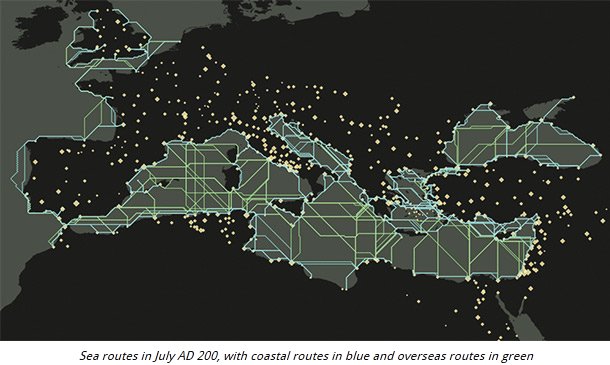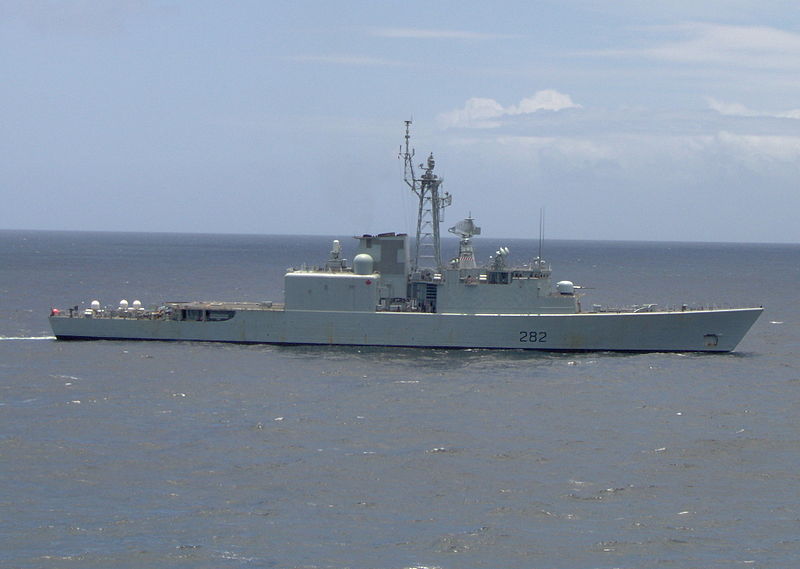Strategy Page looks at the documented issues facing the two different ships in the Littoral Combat Ship (LCS) class:
The U.S. Navy is encountering a seemingly endless list of problems with their new “Littoral Combat Ship” (LCS). Last year it was decided to put the ship into mass production. But it was recently revealed that last year the navy discovered that the computerized combat systems of the LCS were vulnerable to hacking. The navy understandably won’t provide details about the vulnerability or the fixes that have since been implemented. This sort of vulnerability on U.S. warships has been hinted at for years, but navy officials have largely been silent on the subject.
Such vulnerabilities have become more common as warships became more networked (internally and externally) over the last two decades and installed constant Internet connections for work and improving morale. The LCS problems were encountered when one of the navy “red teams” (sometimes called “tiger teams”) played offence on the LCS electronics and found there was a way in that provided opportunities to do damage. The navy has no comment on the vulnerabilities with other ship classes.
The LCS has been unique in many ways and this has caused the navy all manner of grief in the media. The LCS is a new ship type and generating a larger number of problems than older, more traditional ship designs. The media loves this, because problems with weapons grab attention and ad revenue. In response to this media feeding frenzy the navy has tried some damage control.
[. . .]
This is all part of the expected years of uncertainty and experimentation as this radical new combat ship design seeks to find out what works, to what degree, and what doesn’t. There is some nervousness about all this. The U.S. Navy has not introduced a radical new design for nearly a century. The last such new design was the aircraft carrier, which required two decades of experimentation and a major war to nail down what worked. Even the nuclear submarines of the late 1950s and early 60s were evolutionary compared to what the LCS is trying to do.
In the last seven years two different LCS designs were built and put into service. Problems were encountered and that was expected. The much smaller crew required some changes in how a crew ran a ship and how many sailors and civilians were required back on land to support a LCS at sea. It was found that the interchangeable mission modules take far longer (2-3 days instead of 2-3 hours) to replace. The LCS has still not seen combat and the navy wants the first violent encounter to be successful or at least not disastrous. It is expected that there will be surprises, which is about all that can be guaranteed at this point.

USS Freedom at sea. Click for full-sized image at Wikipedia

USS Independence at pier side. Click for full-sized image at Wikipedia.







